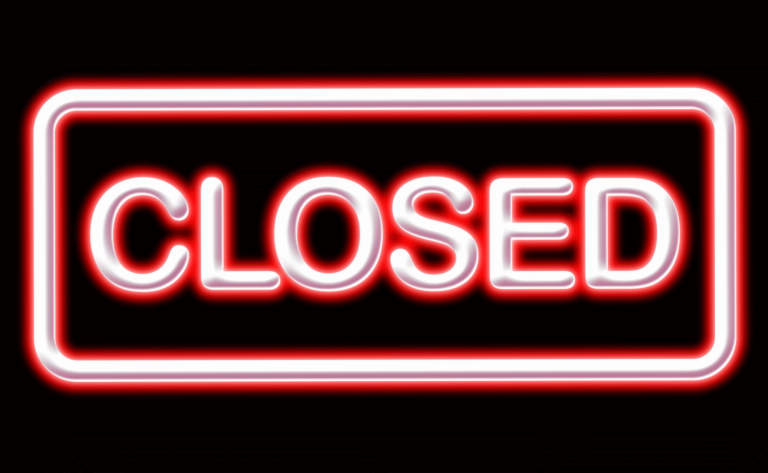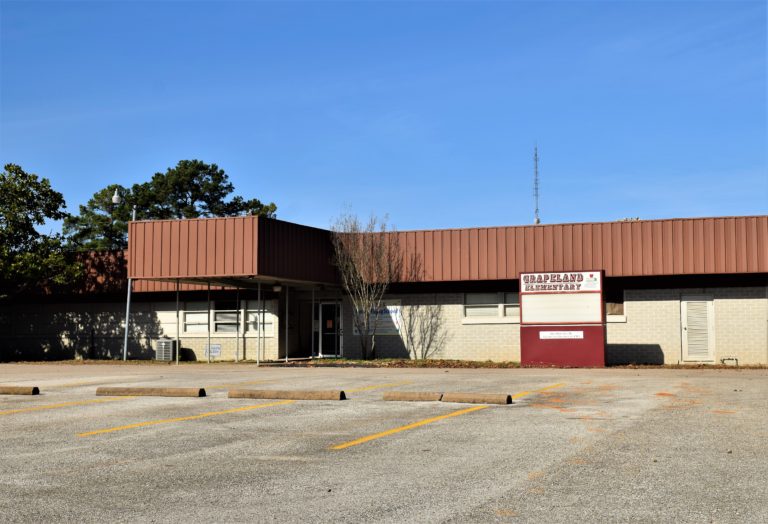Crockett Medical Center Marks One Year Anniversary
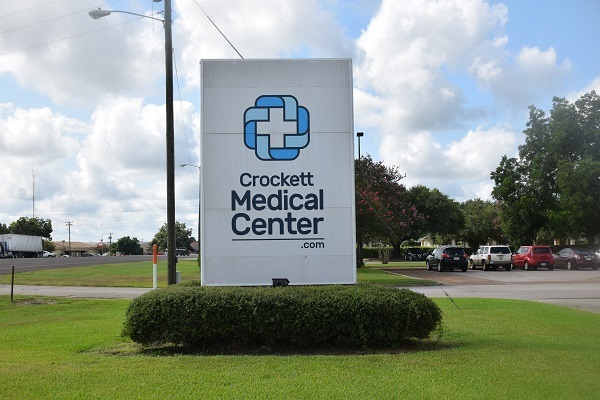
Part One: An Interview with CMC CEO Tommy Johnson
By Will Johnson
Messenger Reporter
CROCKETT – In late June of 2017, Timberlands Healthcare closed its doors, abruptly pulled up stakes in Houston County and left the oldest county in Texas without a hospital.
The future of healthcare in Houston County looked grim but through the efforts of the Houston County Hospital District Board of Directors, a pair of doctors from the Austin area, Dr. Subir Chhikara and Dr. Kelly Tjelemand, was found who were willing to take a chance on the empty healthcare center.
On July 31/Aug. 1, 2018, a new hospital – under the name of Crockett Medical Center (CMC) – opened its doors to area residents and a year later CMC is going strong.
Another of the driving forces behind the hospital’s success is CMC’s CEO Tommy Johnson who was added to the team in January of this year.
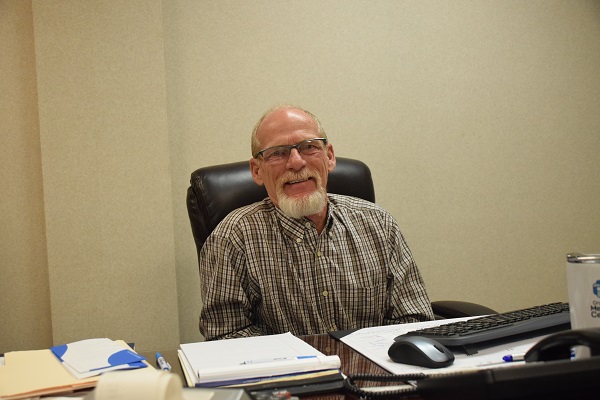
In celebration of the hospital’s one-year anniversary, The Messenger caught up with Johnson earlier this week to discuss how CMC rose like a phoenix from the ashes of the Timberlands fiasco and where he sees the medical facility going in the future.
“It’s been fun,” he laughed. “It is just like any other business. You have to start out with the financial stuff and get that in order. Of course with the healthcare industry, it’s a little different. For these guys to have gotten all the contracts in place as quick as they did is unbelievable. Most of the time, if you’re in network with anyone after a year – even Medicare – it’s unbelievable. For them (Chhikara and Tjelemand), to have done it in less than six months, for most of them …”
Concerning the two doctors and with the closure of so many rural hospitals, Johnson was asked why the duo chose Crockett.
Candidly, he said, “I really don’t know the answer to that. When I first talked to them, they had already opened. It’s my understanding they were looking to do something outside of their practices and they wanted a smaller community in which to do critical access. I think they visited several places, but I think they felt the community – everyone here was in a mode of keep it alive, let’s save it – I believe they felt like this would be the place that would be the most supportive of a new hospital. The community was backing it and things were going to be positive. I think that is why they chose Crockett. I think the community won on that one.”
“Their patient base comes from everywhere. Understanding that, they understand that these rural facilities have to exist. I guess too, Crockett kind of pulled at their heart strings. The people here had been through everything and were still fighting to keep a hospital. They told me that impressed them,” the hospital administrator said.
Johnson added one of the major goals of the two doctors was to see rural healthcare remain viable, despite their urban backgrounds.
As far as how Johnson came to Crockett, he said shortly after the opening, Chhikara and Tjelemand began a search for rural hospital administrators.
“I had actually decided to retire. I had gone back to my nursing roots and was flying as a flight nurse. Through that process, I had been at a couple of places that had struggled and helped get them back on the right track. My name was pushed out to them by a mutual hospital administrator. They went through the process, called me and asked if I would come talk,” Johnson explained.
As the conversation continued, Johnson was asked – given the hospital’s tumultuous history in recent years – what he saw as biggest challenge in re-opening the hospital and keeping it going.
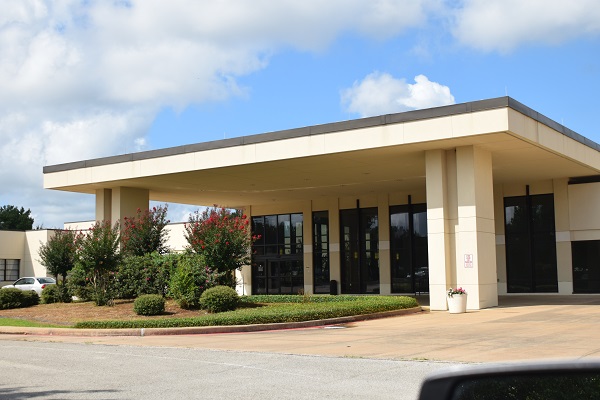
“It’s multi-factorial. First off, the facility is older. When you let something sit, somewhat dormant for a year, or however long it was, it has a lot of physical challenges. Unfortunately, those bring financial support needs. Now, you’re trying to make money to fix this and make money to take care of that. This facility is big for a rural critical access facility. It has a lot of square footage. But, you have to portion off what you can use and make it work right,” he said.
Another challenge, he asserted, was having the financial resources available to keep the doors open.
“Probably, when you first re-open a facility like this – regardless of what the challenges before were – another challenge is having revenue to carry you to the point where your accounts receivable start coming in. It has been a challenge to get all that in place. There is always a hiccup in everything you do. It’s amazing to look at how challenging this situation has been looking at it from ETMC (East Texas Medical Center) forward. To know what all this hospital district went through, survived it and managed to stay in a position to re-open with the right management company,” Johnson said.
“I think getting the two guys together and them wanting to take it,” he continued, “I think they had such a personal drive to make it a success. Getting everyone on one page at one time with that same drive is also a challenge. Everyone has their own thought of where the hospital needs to go and how it needs to function. The main thing is to develop a vision. They sort of shot from the hip, took off and then started developing their vision. The clinic opened first and then a few months later, the hospital opened. It was a good process of building something that would feed into the hospital. Then, you can see what your population needs. Critical access is probably the big thing this hospital needed,” he said.
According to the Rural Health Information Hub website, “’Critical Access Hospital’ is a designation given to eligible rural hospitals by the Centers for Medicare and Medicaid Services (CMS). Congress created the Critical Access Hospital (CAH) designation through the Balanced Budget Act of 1997 (Public Law 105-33) in response to a string of rural hospital closures during the 1980s and early 1990s. The CAH designation is designed to reduce the financial vulnerability of rural hospitals and improve access to healthcare by keeping essential services in rural communities.”
Changing gears somewhat and given the somewhat contentious history between the HCHD and other hospital providers, Johnson was asked to describe the relationship between CMC and the hospital district.
“I think it is very cooperative. They have goals to try and take care of some things which happened in the past and that is what they are focused on. I commend them for that. To change going forward what the history has been in the past is good. To establish a very forthcoming and transparent board is good. I think they strive hard to do that and it’s not easy to do in any type of public culture,” the CEO said.
“On our side,” Johnson said, “We lease the facility but we still have to work with the district. It still has to be a cooperative situation and the best I can tell it is. When I talk to them and at board meetings, we at least have a future focus that is all the same. That focus is to deliver quality healthcare to this community and area. There will be lots of steps to take and we won’t always agree with them and they won’t always agree with us. Still, we have to be able sit down at the table to find common ground to reach that one goal which is to keep healthcare services in this area at a quality level. As long as that is the goal, I think the cooperation will always be there.”
Check back online at www.messenger-news.com or see the Sunday, Aug. 7 edition of The Messenger for part two of this article.
Will Johnson may be contacted via e-mail at [email protected].

